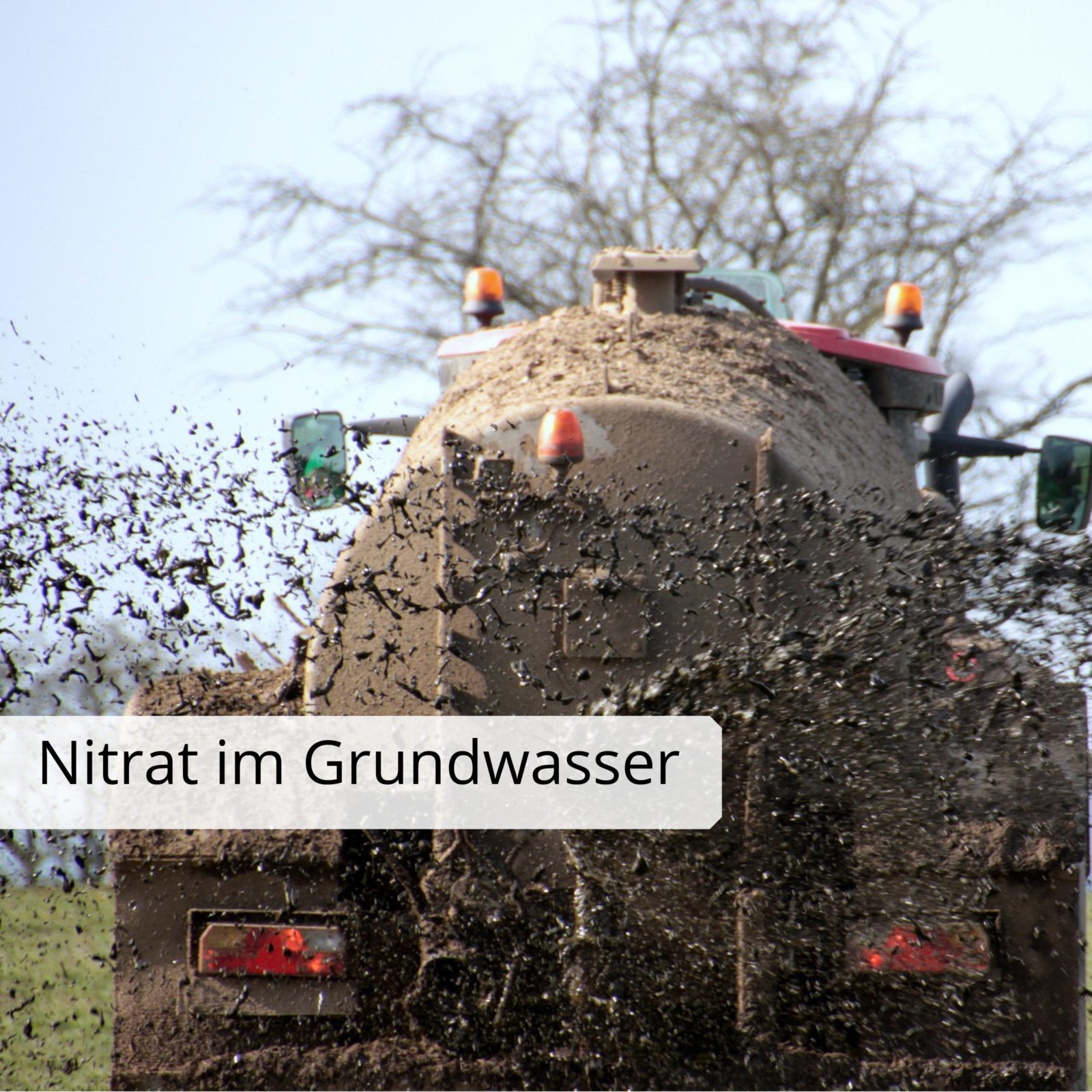[et_pb_post_title title="off" meta="off" featured_image="off" admin_label="Nitrate input into surface waters and groundwater through industrial agriculture
" _builder_version="4.6.6″ z_index_tablet="500″][et_pb_text admin_label="Nitrate input into surface waters and groundwater through industrial agriculture
" _builder_version="4.7.7″ module_alignment="left" custom_padding="||0px||" hover_enabled="0″ z_index_tablet="500″ box_shadow_horizontal_tablet="0px" box_shadow_vertical_tablet="0px" box_shadow_blur_tablet="40px" box_shadow_spread_tablet="0px" sticky_enabled="0″]
Nitrate inputs to surface waters and groundwater from industrial agriculture
The Federal Ministry for the Environment, Nature Conservation and Nuclear Safety and the Federal Ministry of Food and Agriculture published the Nitrate Report for the last four years on 31 May 2020. Based on the measurement data from 692 monitoring sites of the EU nitrate monitoring network, the nitrate pollution of groundwater was assessed. Similarly, the eutrophication load of surface waters has also been considered at 256 monitoring sites of the LAWA monitoring network (Länderarbeitsgemeinschaft Wasser). The aim of the monitoring is to examine the impact of measures to reduce nitrogen inputs to water bodies, such as the cultivation of catch crops, the reduction of mineral fertilisers and the expansion of organic farming. The report is based on the guidance published by the EU Commission under Directive 91/676/EEC on the protection of waters against pollution caused by nitrates from agricultural sources of the EU Nitrate Directive.
In recent years, Germany had repeatedly attracted attention for exceeding threshold values. In 2017, infringement proceedings were initiated against Germany. In response, the Fertiliser Ordinance was revised and entered into force in May 2020 amid great protests. However, against the backdrop of the Corona pandemic and the associated challenges for farms, it was suspended until January 2021. The regulation is intended to lead to a more targeted use of fertilisers and to further reduce the amount of mineral fertilisers.
The nitrate concentration in German groundwater is still clearly too high. In the reporting period 2016-2018, the threshold value of 50 mg/l is exceeded in 26.7TP3T of the groundwater monitoring sites. In the previous reporting period (2012-2015), this value was 28.2%. The majority of these threshold value exceedances occurred at monitoring sites under agricultural land use. Excessive nitrate concentrations occurred less frequently under residential land use and forest. 49.6% of the monitoring sites where a mean nitrate content of less than 25mg/l was measured are classified as slightly polluted or unpolluted. In 36.7% of the monitoring sites, the nitrate value decreased, which was mainly observed in the >50mg/l concentration class. In 23.6% of the monitoring sites, the mean nitrate concentration increased.
In line with the evaluation of the groundwater monitoring sites, surface waters were also analysed for their nitrate concentration and presented as an annual mean value, from which in turn an average value for the reporting period 2016-2018 was compiled. In no surface water monitoring site was a mean nitrate concentration of more than 50 mg/l detected. The majority of the monitoring sites (77.2%) had nitrate levels below 25mg/l. The concentration distributions show hardly any changes compared to the previous reporting periods.
Even though the mean nitrate levels in the sampled groundwater monitoring wells show a decrease compared to the last reporting period, there is not yet enough data to identify a trend. On the one hand, this is due to the redesign of the groundwater monitoring well network, and on the other hand, the processes of the nitrate cycle in the soil are so long-term that the effects of measures to reduce nitrate inputs are not yet visible. Trend calculations and forecasts are made on the basis of modelling. For this purpose, all relevant nitrogen and phosphorus inputs are recorded and modelled with the help of hydrological modelling with high temporal resolution with regard to the discharge from the topsoil, the residence and flow time in the groundwater as well as derivable effects of measures. An expansion of the monitoring and modelling procedures is planned for the coming years, as well as the typification of farms for a better assessment of individual fertiliser needs.
As part of the "Engineering for a better tomorrow" campaign, the M&P Group is making its contribution to safeguarding the high quality of our groundwater.
Source:
Federal Ministry of Food and Agriculture, Federal Ministry for the Environment, Nature Conservation and Nuclear Safety, Nitrate Report 2020, May 2020, online: https://www.bmu.de/fileadmin/Daten_BMU/Download_PDF/Binnengewaesser/nitratbericht_2020_bf.pdf
#mullandpartner #engineeringforabettertomorrow #whatwedo #news
Our business areas
Environmental and geotechnical engineering
Construction and project management
Renewable energies
Real estate development
Infrastructure
Water management
Our companies
M&P Engineering Company
M&P Engineering Company Munich
T&P Beratende Ingenieure
P&P Real Estate Consulting
P&B Real Estate Management
P&M Project Management
M&P Umwelttechnik
Please contact us
Follow us on

